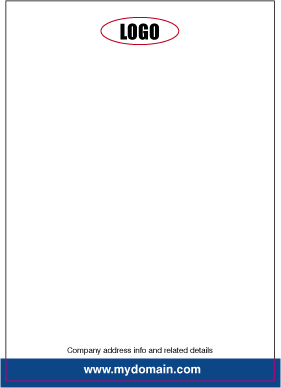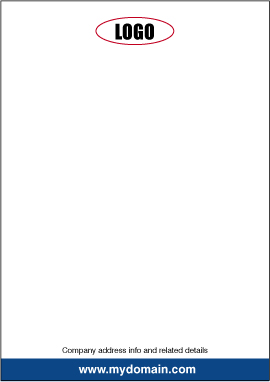Over the history of branding and advertising, certain companies have mastered the design of a truly great logo that incorporates vital aspects of their company as well as the brand name in one refined and eye-catching image.
Other designers have opted to use an interesting font and the brand’s colours to represent a business, in a simple yet memorable manner that gets the point across without being overly complex.
Finding the right balance for your logo
Your logo needs to tick five vital boxes. If you feel that yours falls at one of these hurdles – it’s time to talk to your designer. A logo must be:
- Engaging
- Unique
- Memorable
- Simple
- Versatile
Satisfying these principles will require something different for each individual brand. For instance, you will need to take into account the intended audience for that company, paying consideration to what their service or product is and how this will be marketed.
Keep Britain Biking
Cuckoo Design, a design, digital and branding agency, have created a wide range of brand campaigns including a concept, development and design strategy for Keep Britain Biking – the motor cycle insurance company supported by Devitt Insurance.
The logo for Keep Britain Biking incorporates the key brand colours for Devitt of orange and blue; while the image of the biker and font used also make it appropriate to the audience. This ensures the brand stays relevant and engaging to its audience while it is still clear what service is provided by Keep Britain Biking.
The components to make a logo last
While it may be tempting to bring key elements of a company’s product or industry into a logo in order to make its purpose obvious to potential clients or customers – simplicity and versatility will play a more vital role in ensuring the logo’s longevity.
Selecting key colours and elements that will not date or can be altered slightly over time will enable a brand to modernise or update without alienating their customers with a complete brand overhaul. Many brands have discovered that the easiest way to maintain a sense of consistency between the company and its services and the logo is by sticking to one colour scheme.
Shell, Starbucks and Google
Shell, Starbucks and Google have some of the world’s most successful logos – part of which lies in their adaptability.
Shell has retained its basic structure, the image of a shell, and since it introduced colour to the design in 1948 the yellow and red have also been a constant. This has meant that whenever the logo has needed to modernise, it has remained instantly recognisable to customers who rely on the 118 year old household name.
Starbucks has been similarly consistent with its logo shape and colours. When the coffee chain simplified its logo in 2011 to mark its 40th anniversary, there was little to no noise made by customers to imply any feeling of upset. This is largely because the logo, which was relatively simple to begin with, was modified very subtlety with a colour reversal and removal of the brand name.
Google’s logo has changed exponentially since the search engine’s humble beginnings in 1996, working under the name BackRub. In 1997 BackRub changed to Google and introduced a very simplistic version of the now infamous multi-coloured ‘Google’.
Over the two years that followed, the logo underwent various revamps until it became the simple yet colourful logo we knew and loved until 2010. It then underwent a very slight change to reduce the shadowing on the font and brighten the colours. In 2013 Google introduced a completely flat logo, getting rid of all shadowing. They also softened angles and made it easier to read in smaller sizes for the now established smartphone led market.
These three examples have two important things in common that have made their logos able to stand the test of time:
1. Versatility
Each has been slightly altered during its long life-span without becoming unrecognisable as a representative of the same brand.
2. Colour & Shape
The key components that have enabled that versatility are the colours and shapes used to design each logo. Having basic yet prominent features of a logo remain consistent equips the brand to make necessary alterations and upgrades without stepping away from its most recognisable qualities.
Would you like to . . . Write For Us?



Leave a Reply